

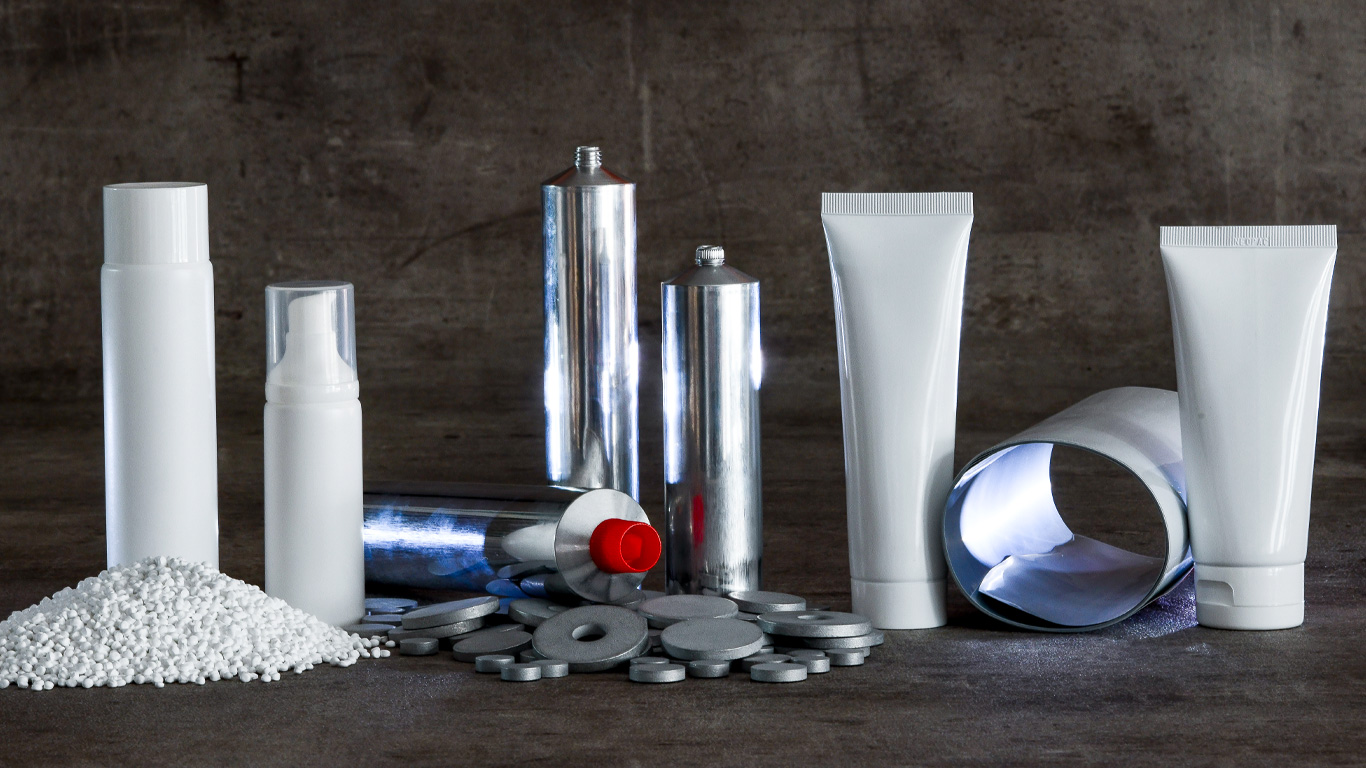
The tube was invented in the USA by John Rand, who applied for a patent in 1841. The first tubes to be produced in larger quantities were made from tin and were produced in France for use with paint. Later on, tubes made from lead were launched on the market.
The first machines for producing aluminium tubes were built in Germany in 1914. But it was not until the 1940s that aluminium tubes finally superseded those made from lead or tin.
Plastic tubes arrived on the market during the 1950s and the first tubes laminated with an aluminium barrier layer (ABL) appeared at the beginning of the 1960s. Laminate tubes with barrier layers made from plastic (PBL) and ceramic (CBL) then followed in the 1990s.
About 35 per cent of all tubes produced in Europe today are made from aluminium, with about 25 per cent attributable to plastic and about 40 per cent to laminate tubes. Thanks to their special material properties, each of the tube types is used in specific fields of application and market segments. But when compared with other forms of packaging, they all offer those benefits that characterize the tube.
Spezielle Informationen über European Tube Standards finden Sie am Ende dieses Kapitels.
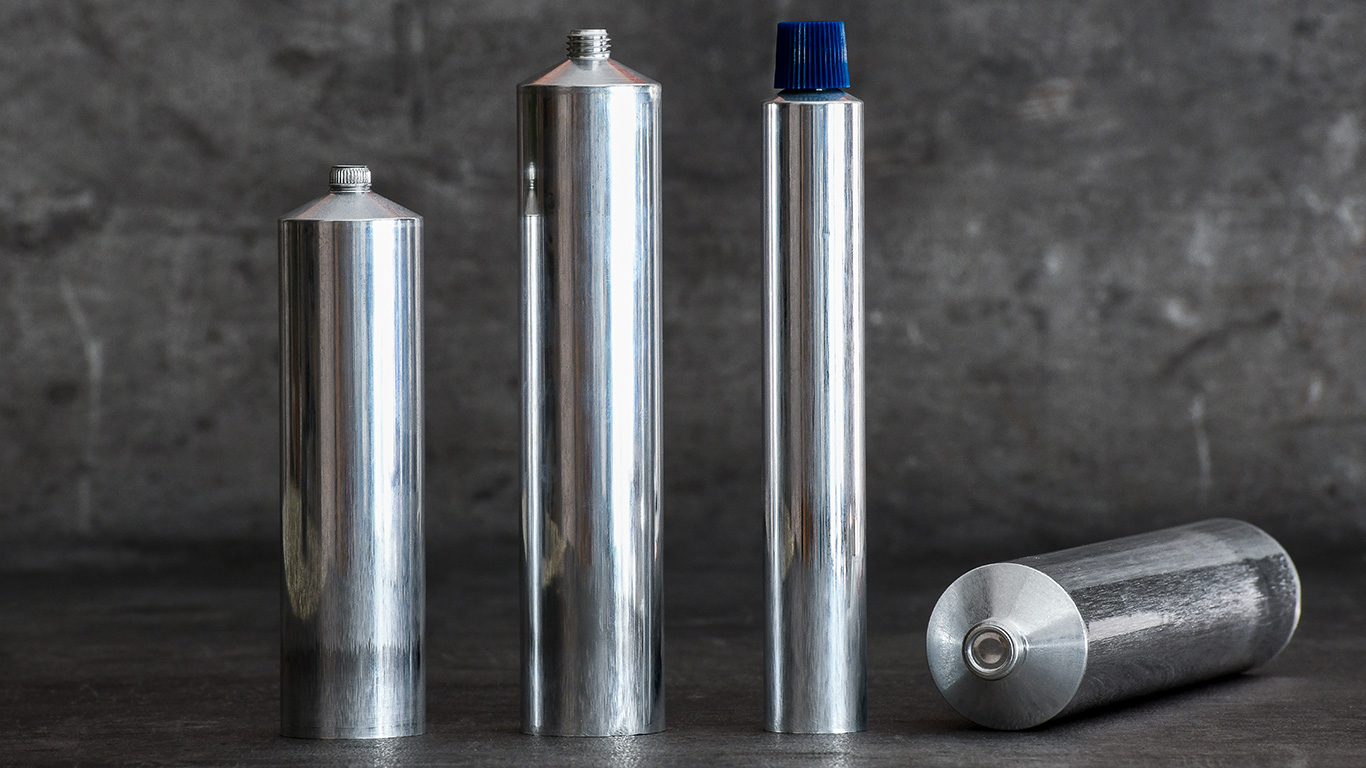
Aluminium tubes are impact extruded from aluminium slugs of a corresponding diameter. The outstanding feature of the aluminium tube is its unique barrier properties because aluminium is impermeable to light, moisture and air, and resistant to heat and corrosion. This prevents ingress of bacteria, germs and other potentially harmful substances.
At the same time, highly volatile constituents of the contents cannot escape. This means valuable sensitive ingredients remain effective for a long time. In the food sector one can forego the use of preservatives. Aluminium tubes are resistant to heat and thus offer the optimal prerequisites for sterile handling along the whole process chain.
This makes aluminium tubes ideal for use in the pharmaceutical industry, the cosmetics and food sectors, and for any application where product safety and high standards of quality and hygiene are particularly important.
Aluminium tubes can be printed in outstanding quality with a decorative finish. Designers and marketing specialists appreciate these opportunities for brand presentation, and consumers develop brand loyalty at the point of sale.
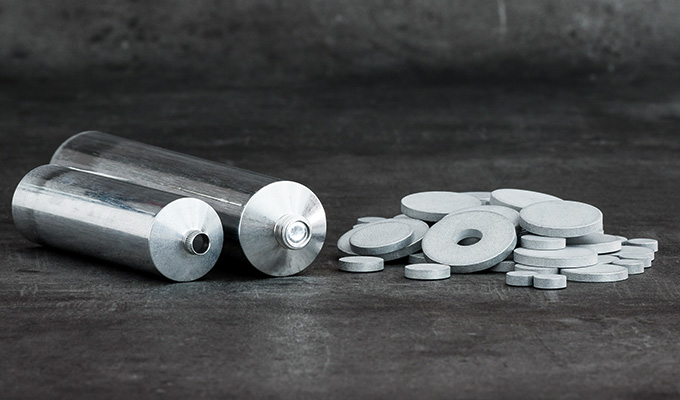
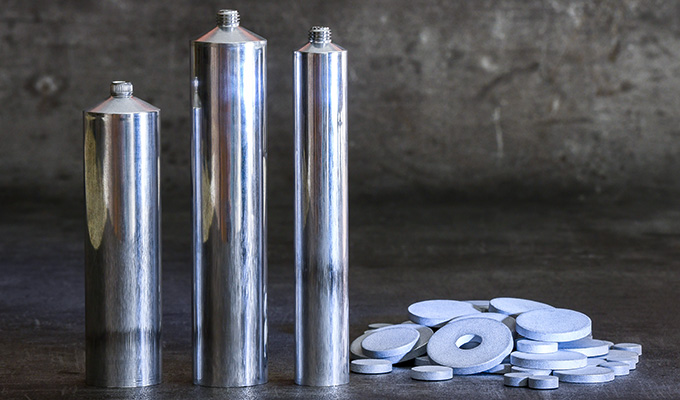
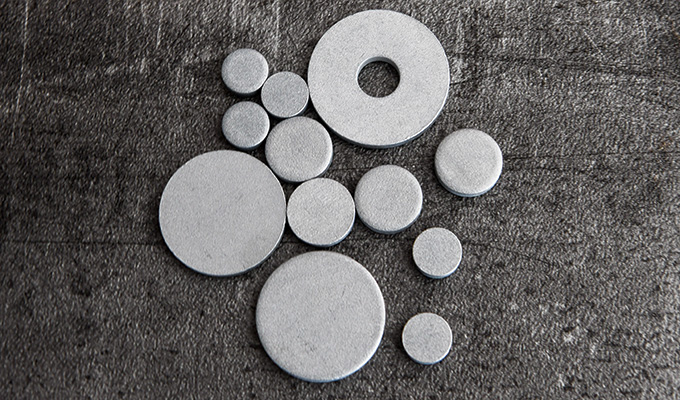
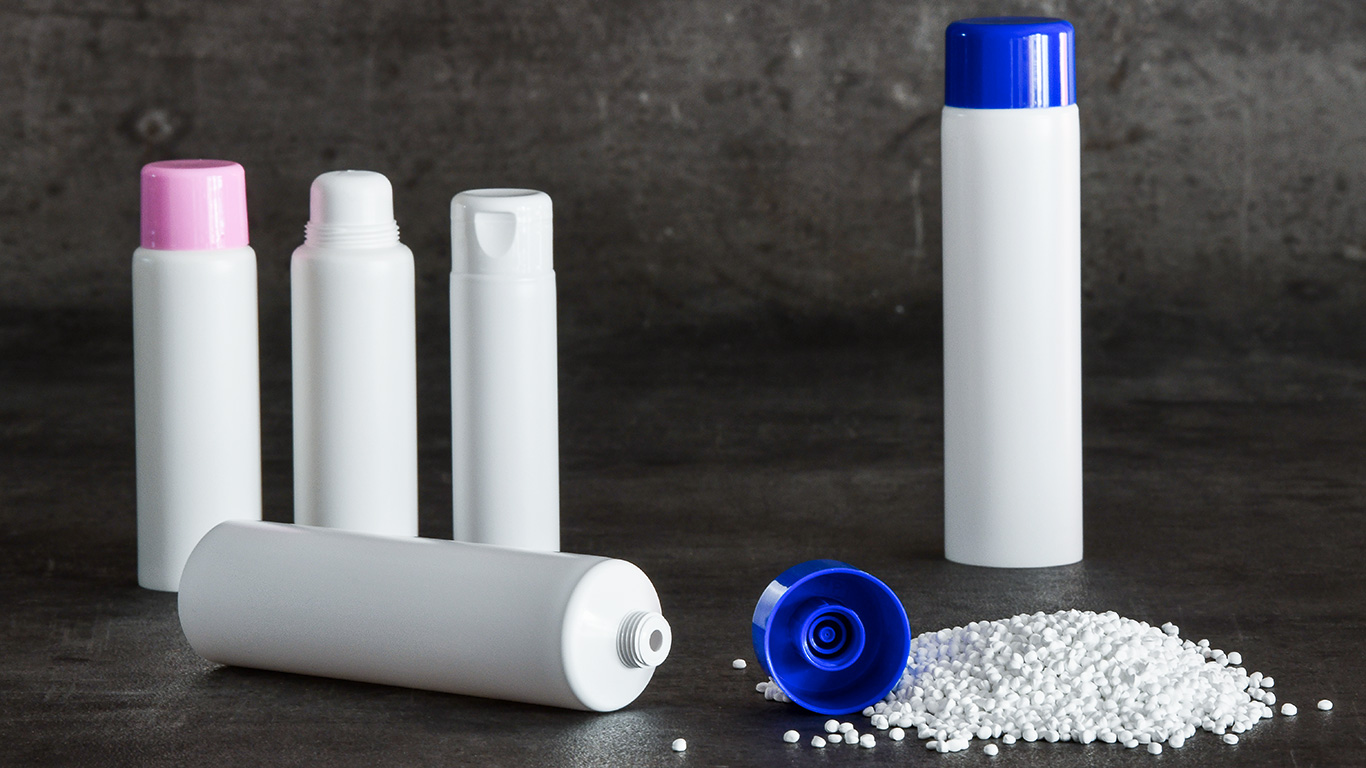
Modern plastic tubes can be produced either as a monolayer or multilayer depending on the process chosen and the client’s specific requirements. The starting materials are the respective plastic granules that are needed to produce PE or PP tubes or tubes with a multilayer structure.
The by far most important market for plastic tubes is the cosmetics industry. But they are also used in smaller quantities for pharmaceutical, household, food and oral care products.
Thanks to their properties, plastic tubes offer particularly good opportunities for printing, design and decorative features. Transparent elements, coatings and printing inks play their part, too: highly attention-getting and strongly communicative in appearance. Plastic tubes maintain their original shape until they are empty. This means the visual presence of the brand and its core messages are fully effective until the very end.
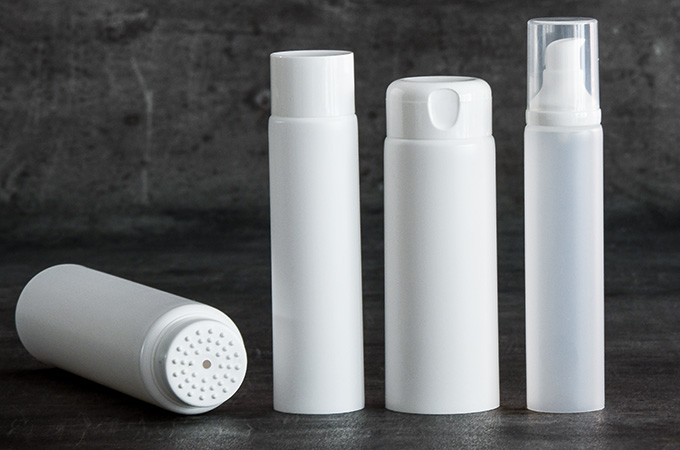
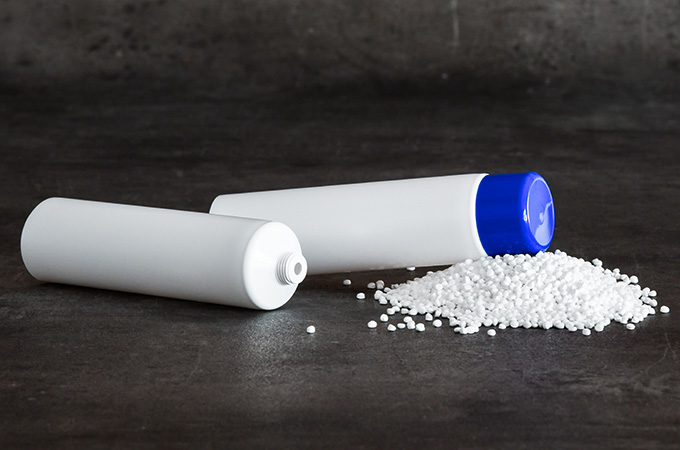
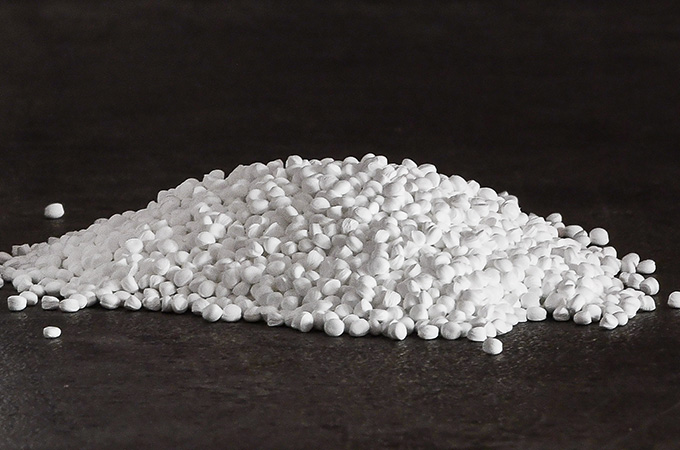
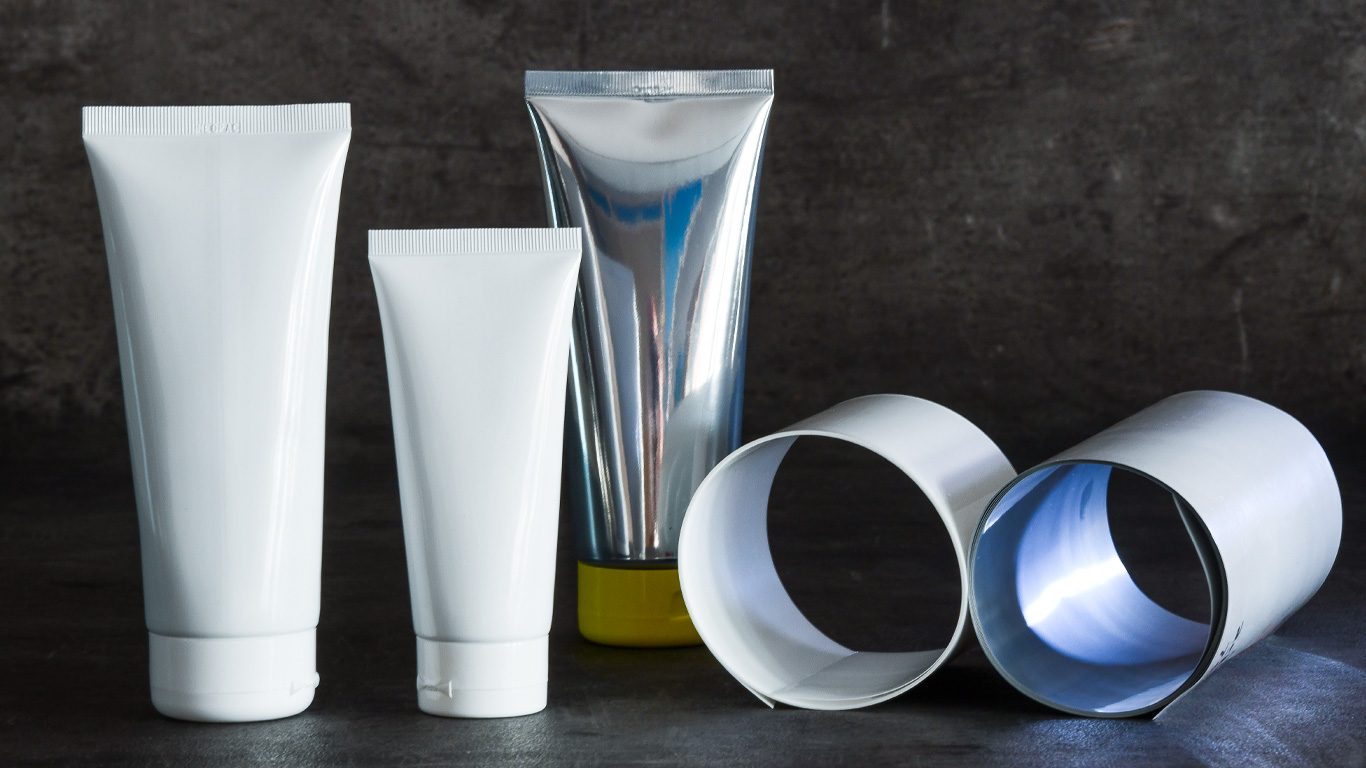
Laminate tubes are made from webs that comprise at least five different layers including the barrier layer. The two longitudinal edges of the laminate are welded together to form the tube body, which is then joined to the tube shoulder with its closure to give a reliable and impermeable seal.
Depending on the product and contents, laminate tubes can have a barrier layer of, for example, aluminium, plastic or ceramic and – in the case of transparent laminates – a barrier of polyester. The so-called Polyfoil tube is a specific type of laminate tube in which a plastic layer is extruded on top of the laminate.
Laminate tubes combine the beneficial properties of the different materials: excellent barrier effect to protect the contents and high-end print quality using practically all printing techniques to produce that persuasive brand presence at the point of sale. The tube’s new ‘invisible’ weld seams together with the appropriate printing technology allows 360° printing of the tube bodies – all the way round.
Most laminate tubes are supplied to the toothpaste market, but they are also playing an increasingly more important role for cosmetics, pharmaceutical and food applications.
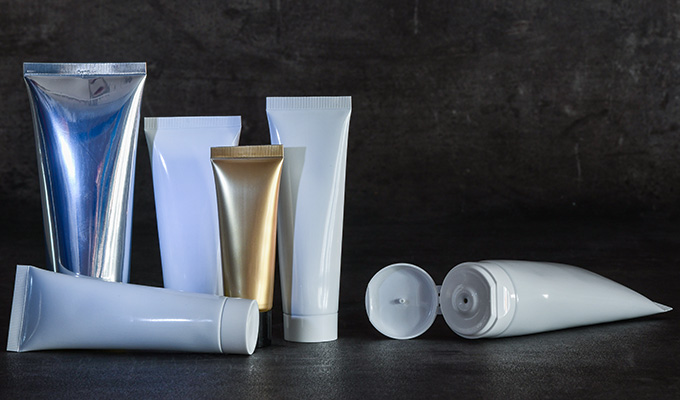
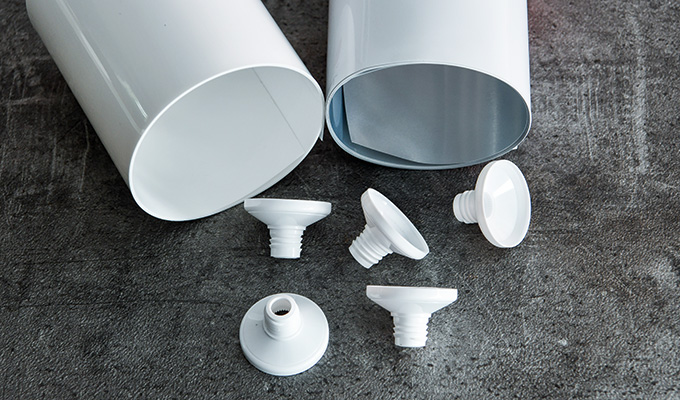
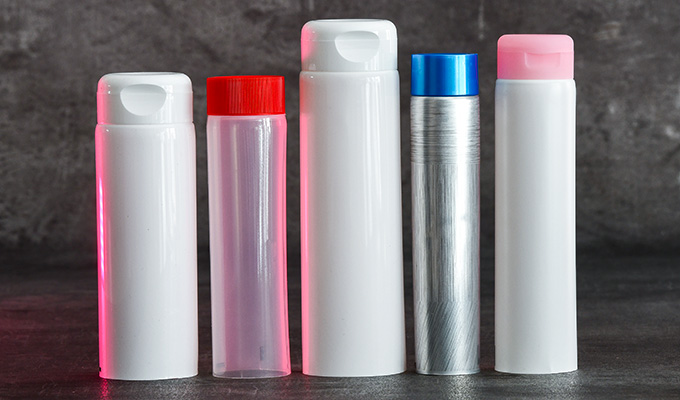
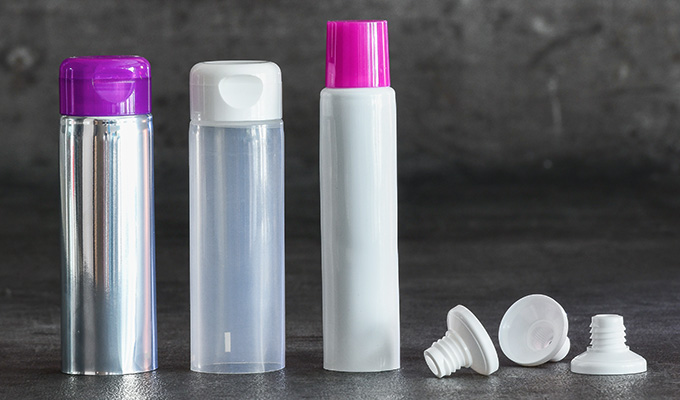

Official European tube standards can be ordered at your national standardisation body. You can find the address of your national standardisation body in the “Members” list of the European Standardisation Institute CEN https://www.cen.eu:
Flexible tubes – Terminology
Flexible aluminium tubes – Wall thickness determination method
Flexible tubes – Test method for the air tightness of closures
Flexible cylindrical plastic tubes – Dimensions and tolerances
Flexible cyclindrical metallic tubes – Dimensions and tolerances
Flexible conical metallic tubes – Dimensions and tolerances
Flexible aluminium tubes – Internal lacquer film thickness measurement method
Flexible cylindrical laminated tubes – Dimensions and tolerances
Collapsible aluminium tubes – Tactile warnings of danger
Flexible plastic/metal laminate tubes – Dimensions and tolerances of nozzle S13
Flexible aluminium tubes – Test method to determine the porosity of the internal coating – Sodium chloride test
Flexible aluminium tubes – Test method to determine the porosity of the internal coating – Copper sulphate test
Flexible laminate tubes – Test methods to determine the strength of the head welding
Flexible laminate and plastic tubes – Test method to determine the print adhesion
Flexible laminate tubes – Test methods to determine the strength of the side seam
Flexible aluminium tubes – Determination of the adhesion of the internal and external protective coating
Flexible aluminium tubes – Ammonia test
Flexible aluminium tubes – Acetone test
Flexible aluminium tubes – Test method to measure the force to pierce the membrane
Flexible laminate and plastic tubes – Test method to determine the adhesive strength of the membrane
Flexible aluminium tubes – Test method to measure the deformation of the aluminium tube body
Flexible tubes – Test method to determine the orientation of the flip-top cap
Flexible aluminium tubes – Tube nozzles